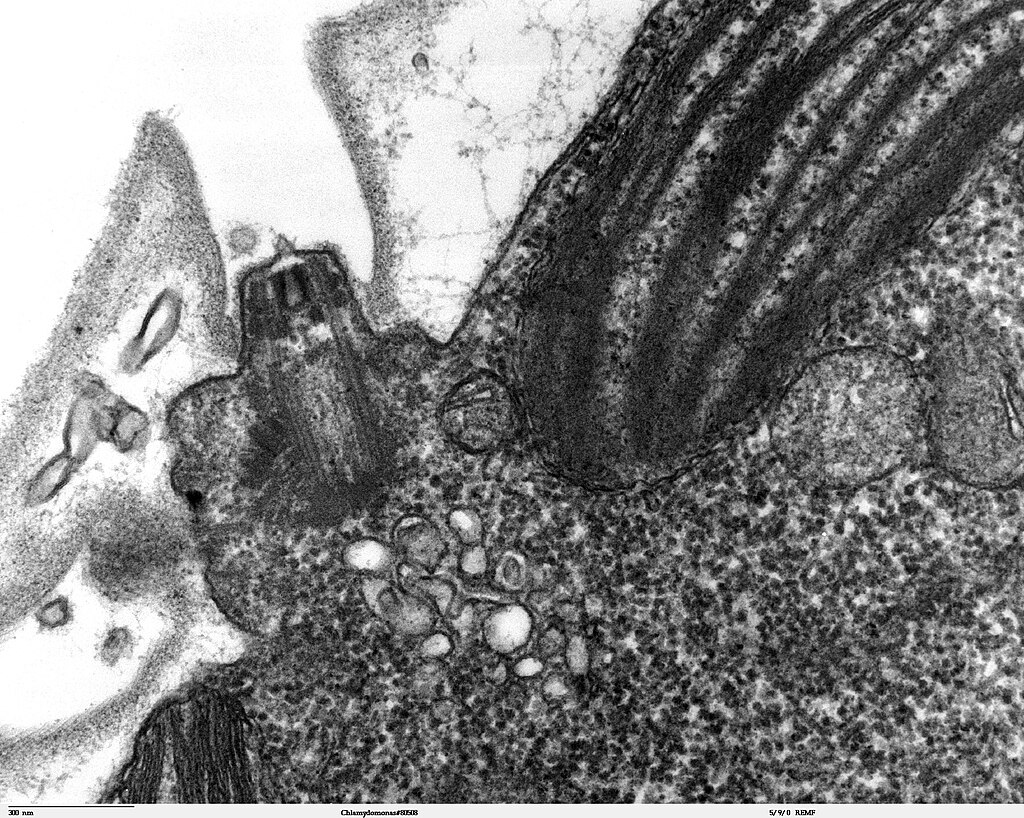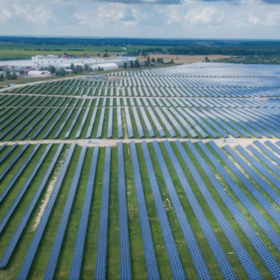A team of researchers at the University of Cordoba in Spain identified a naturally occurring multispecies bacterial community that could be utilized with microalgae for the commercialization of hydrogen produced through microbial metabolism (bioH2).
The biological production of bioH2 consists of culturing living organisms, such as bacteria, cyanobacteria, and algae that release H2. This technology allows for H2 production at low temperatures between 23 C and 30 C and atmospheric pressure, which could be integrated with wastewater treatment.
“The primary limitation of bio-H2 production lies in its low production rate, rendering it commercially inefficient and costly,” Neda Fakhimi, a co-author of the research, told pv magazine. However, by integrating this technology with other applications such as waste management—like wastewater treatment—and biomass valorization, including the production of bio-fertilizers, feed, food, and more, it can move closer to industrialization.
The research group specified that the identified bacterial community comes from a contaminated culture of the microalga Chlamydomonas reinhardtii, which can extend the equilibrium of the community itself by avoiding usual issues like the overgrowth of the bacteria.
“With respect to other studies, we have doubled the hydrogen production rate, besides having elongated hydrogen production. In other papers, academics made the system work for 10-15 days, no more,” Fakhimi stated. “The industrial-scale production of H2 from the biological activity of microorganisms has yet to be publicly considered.”
The proposed hydrogen system performs better than previous ones because the bacterium consortium has unique features when cocultured with Chlamydomonas. The Microbacterium forte sp. nov. bacterium is the system’s novelty, as it uses and creates nutrients that help to regulate the coculture.
“In algal-bacterial consortia, bacteria typically dominate the entire culture, adversely affecting algal viability, which is the sole bio-H2 producer in our system. The relationship, based on nutrient dependency, where each member provides for the growth of the others, can regulate the community to prevent any one member from dominating the culture. This ensures a cohesive system for bio-H2 production,” said Fakhimi.
Fakhimi explained, for instance, that Microbacterium forte sp. nov. cannot synthesize biotin and thiamine, which are required for its growth. It is also unable to use sulfate as a sulfur (S) source, requiring S-reduced forms such as cysteine and methionine. The alga provides the mentioned essential nutrients to Microbacterium forte sp. nov., while the bacterium provides ammonium and acetic acid, supporting algal growth and H2 production.
Among the bacterial community, Microbacterium forte sp. nov. was the sole responsible for the improvement in hydrogen production, the team found out. The other two bacteria are functional in maintaining the alga’s health.
“When incubated in mannitol- and yeast extract-containing medium, the naturally occurring bacterial community composed of Bacillus cereus and two novel bacteria – Microbacterium forte sp. nov. and Stenotrophomonas goyi sp. nov. – can promote and sustain algal hydrogen production,” said the researchers.
Conventional research in this field typically emphasizes axenic cultures, which are single cultures, whereas the new paper investigates algae-bacteria cocultures. Coculture technology is developing, but the cocultures typically face challenges, such as medium acidification, nutrient competition, and excessive growth of one partner.
The academics presented their findings in the study “Chlamydomonas reinhardtii and Microbacterium forte sp. nov., a mutualistic association that favors sustainable hydrogen production,” which was recently published in Science of The Total Environment. According to them, this work opens the door for photohydrogen production concomitant with algal biomass generation using nutrients not suitable for mixotrophic algal growth.
This content is protected by copyright and may not be reused. If you want to cooperate with us and would like to reuse some of our content, please contact: editors@pv-magazine.com.








By submitting this form you agree to pv magazine using your data for the purposes of publishing your comment.
Your personal data will only be disclosed or otherwise transmitted to third parties for the purposes of spam filtering or if this is necessary for technical maintenance of the website. Any other transfer to third parties will not take place unless this is justified on the basis of applicable data protection regulations or if pv magazine is legally obliged to do so.
You may revoke this consent at any time with effect for the future, in which case your personal data will be deleted immediately. Otherwise, your data will be deleted if pv magazine has processed your request or the purpose of data storage is fulfilled.
Further information on data privacy can be found in our Data Protection Policy.